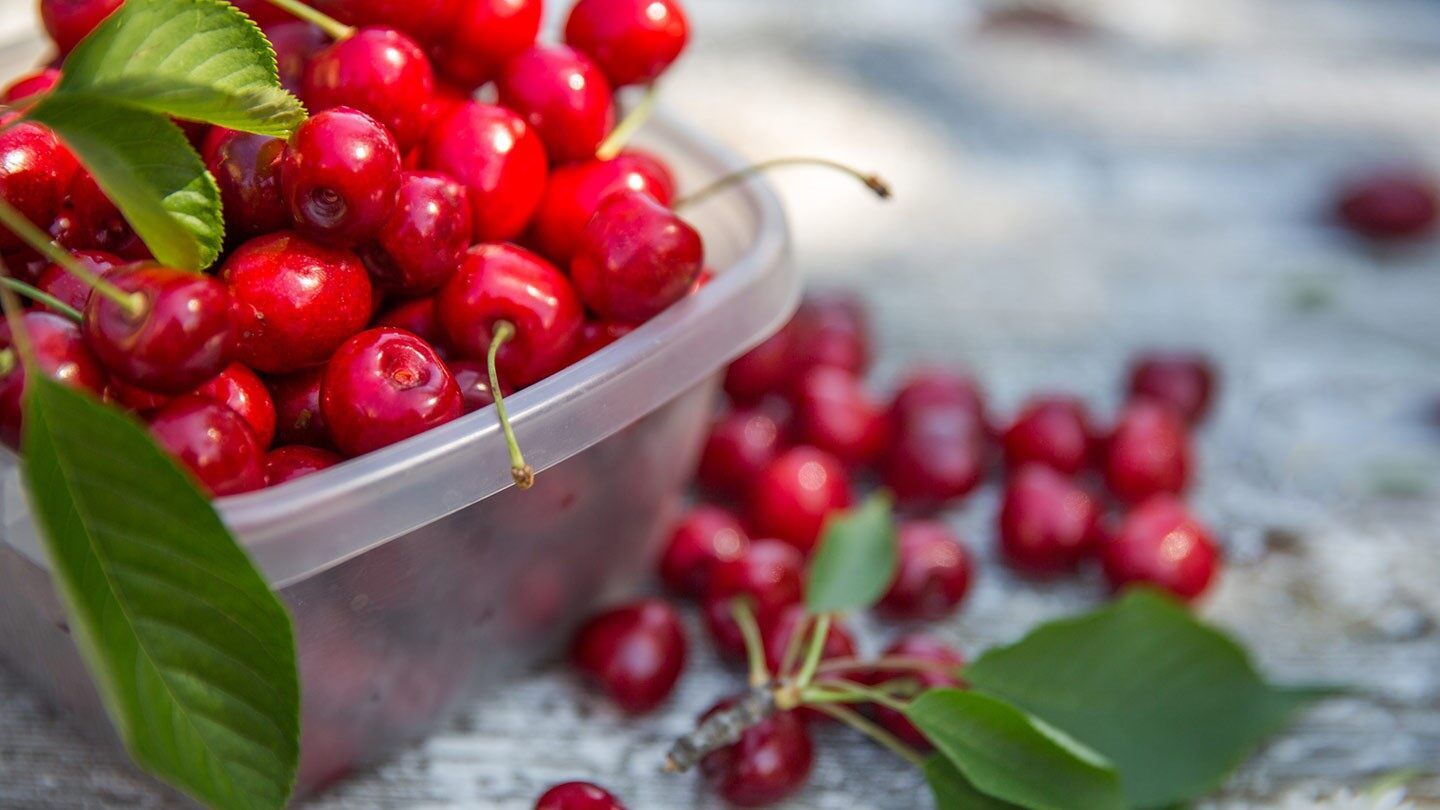For individuals with diabetes, managing their diet is crucial to maintaining stable blood sugar levels. This includes paying attention to the amount and type of carbohydrates consumed, as certain foods can have a significant impact on blood glucose levels.
Cherries, with their natural sweetness, are often a subject of concern for diabetics due to their sugar content.
The relationship between cherries and diabetes
Before determining how many cherries a diabetic can safely consume per day, it is essential to understand the relationship between cherries and diabetes. Cherries, while sweet in taste, have a relatively low glycemic index compared to other fruits, meaning they have a smaller impact on blood sugar levels.
According to diabetes experts, consuming cherries in moderation can be a part of a diabetic’s balanced diet. Association suggests that individuals with diabetes should aim for about 15 grams of carbohydrates per snack, which is equivalent to approximately 12 cherries.
We will provide some guidelines on incorporating cherries into a diabetic-friendly meal plan, as well as discuss potential risks or considerations related to cherry consumption for individuals with diabetes.
Recommended daily intake
Now that we understand the positive attributes cherries can bring to a diabetic’s diet, let’s dive into the recommended daily intake. While cherries are a sweet and delicious fruit, moderation is key when incorporating them into a diabetic meal plan.
Experts in the field of diabetes management, individuals with diabetes should aim for around 15 grams of carbohydrates per snack. This equates to approximately 12 cherries, as cherries contain about 1 gram of carbohydrates per cherry.
To maintain blood sugar levels within a healthy range, it is vital to exercise portion control and avoid excessive cherry consumption. If you have concerns about incorporating cherries into your diet, consult with a registered dietitian or healthcare provider.
We will discuss practical tips for including cherries in a diabetic-friendly meal plan, as well as explore potential risks or considerations when consuming cherries for individuals with diabetes.
Factors
Factors to consider when determining the appropriate amount of cherries for an individual with diabetes include personal blood sugar levels, overall carbohydrate intake, and any specific medications or treatment plans prescribed by a healthcare professional.
1. Blood sugar levels:
Monitoring blood sugar levels before and after consuming cherries can help determine the impact they have on an individual’s glucose levels. This information can guide in adjusting portion sizes accordingly.
2. Carbohydrate intake:
Considering the total carbohydrate intake throughout the day is crucial when incorporating cherries. Balancing the overall carbohydrate load from other sources, such as grains and starchy vegetables, is important to maintain stable blood sugar levels.
3. Medications and treatment plans:
Some diabetes medications, such as insulin or oral hypoglycemic agents, may require adjustments in dosage or timing based on the carbohydrate content of cherries. This is why healthcare professionals play a crucial role in managing diabetes and can provide guidance tailored to individual needs.
Managing blood sugar levels while enjoying cherries
Maintaining stable blood sugar levels is essential for individuals with diabetes, even when incorporating cherries into their diet. Here are a few tips to help manage blood sugar levels while enjoying these delicious fruits:
– Portion control:
Start by consuming a small amount of cherries and monitor your blood sugar levels before and after. This will help you understand how your body responds to cherries and guide you in adjusting portion sizes accordingly.
– Pair with protein or fat:
To slow down the absorption of carbohydrates and prevent blood sugar spikes, consider pairing your cherries with a source of protein or healthy fat. For example, you can have a handful of cherries with a serving of nuts or a dollop of peanut butter.
– Time your intake:
Timing is crucial when it comes to managing blood sugar levels. Consider consuming cherries as part of a balanced meal or snack, rather than eating them alone. This can help regulate the release of glucose into the bloodstream.
Alternative options
While consuming fresh cherries in moderation can be a part of a healthy diabetic diet, there are other ways to enjoy the flavor and benefits of cherries without worrying about blood sugar spikes. Here are some alternative options to consider:
1. Frozen cherries:
Frozen cherries are a convenient option and can be enjoyed year-round. They can be added to smoothies, yogurt, or even used in baking diabetic-friendly treats like sugar-free cherry muffins or cherry-infused granola bars.
2. Dried cherries:
Dried cherries are a portable and versatile snack option. However, it’s important to note that they can have a higher concentration of natural sugars, so portion control is key. Look for unsweetened or no-added-sugar versions to avoid additional sugar intake.
3. Cherry extract:
Cherry extract is a concentrated form of cherries that can be used to add a burst of cherry flavor to sauces, dressings, or even diabetic-friendly cocktails. Just make sure to check the ingredient list for added sugars and artificial additives.
Consultation with a healthcare professional
While cherries can be a delicious and nutritious addition to a diabetic diet, it is important to remember that everyone’s body and dietary needs are unique. To ensure that you are incorporating cherries into your diet in a way that is safe and beneficial for your health, it is strongly recommended to consult with a healthcare professional or a registered dietitian.
A healthcare professional will be able to evaluate your current health condition, medication, and other factors that may affect your blood sugar levels. They can provide you with personalized recommendations on the portion size of cherries that is suitable for you, taking into consideration your individual carbohydrate tolerance.
Not only will a healthcare professional provide you with guidance on cherries, but they can also help you create a well-rounded and balanced diabetic meal plan that meets your nutritional needs while keeping your blood sugar levels stable.
Conclusion
Cherries can be a tasty and nutritious addition to a diabetic diet when consumed in moderation and under the guidance of a healthcare professional. Each person’s diabetes management may vary, so it is crucial to seek personalized advice from a registered dietitian or healthcare professional.
They will consider factors such as your current health condition, medication, and carbohydrate tolerance to provide you with personalized recommendations on the portion size of cherries that is suitable for you.
Your healthcare team is there to support you in managing your diabetes and ensuring your overall well-being. So don’t hesitate to reach out to them for guidance on cherries and to help you create a well-rounded and balanced diabetic meal plan.










Hello!! My name is Jeanine
I love to eat, travel, and eat some more! I am married to the man of my dreams and have a beautiful little girl whose smiles can brighten anyone’s day!